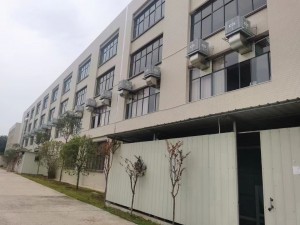Evaporative water air cooler has been very popular more than 20 years, allowing countless production and processing enterprises to enjoy a very good improvement in high-temperature and stuffy environments with minimal money. Bring clean, cool and odor-free environment, and improve workers’ work efficiency. Let’s learn the correct design method for air cooler water supply and drainage systems.
Evaporative air cooler require water to evaporate for cooling, so we all know the importance of the water supply and drainage system. When installing the water supply and drainage system for industrial air cooler , professional installers are required to fix the air cooler in a reasonable position and install it according to the engineering design drawings. Correct combination, pipeline connection, water and electricity connection, host debugging, in order to achieve good use effects and functional testing.
The following is provided by XIKOO engineer manager Mr.Yang with more than ten years of experience in mechanical and electrical installation will share his methods and experience in making air cooler water supply and drainage systems:
1. The water source of industrial air cooler can be tap water, and the water pressure requirement is >1.5kg/m2;
2. The water supply system needs to be equipped with a main valve, and each independent branch pipeline should be equipped with a branch valve. A drain pipe should be connected to the lowest point of each branch pipeline, and a drain valve should be installed at the same time to facilitate pipeline cleaning during later use. Prevent water leakage and cracking in winter;
3. The water supply pipe should be hot-dip galvanized steel pipe and hard plastic pipe (such as PP pipe), and the drainage pipe should be made of hard plastic pipe (if V-PVC pipe). The pipe diameter specification should be in accordance with the technical documents provided by the evaporative air cooler manufacturer. Reasonable planning and design;
4. The drainage pipe should have a slope along the direction of the water flow, with a slope not less than 1%, and follow the principle of nearby drainage. There is no need to install valves on the drainage pipe;
5. The amount of air-conditioning and heat connected to the same drainage pipe should be reduced, and when converging, ensure that the drainage flows from top to bottom into the centralized drainage pipe.
Post time: May-09-2024




